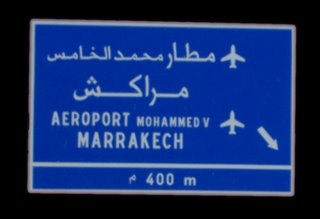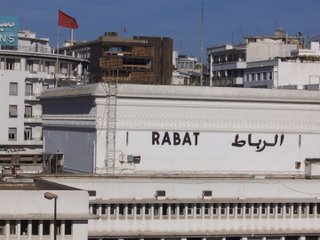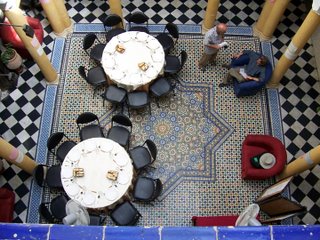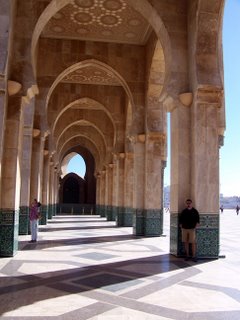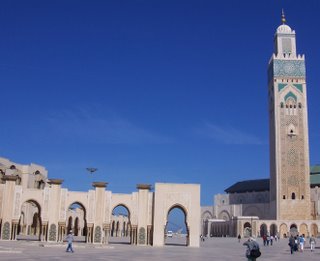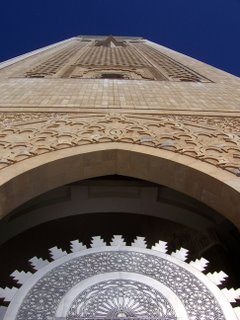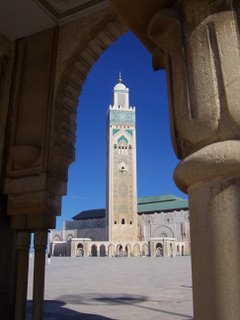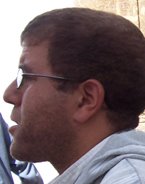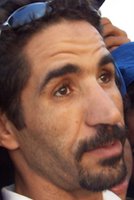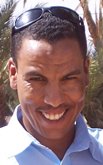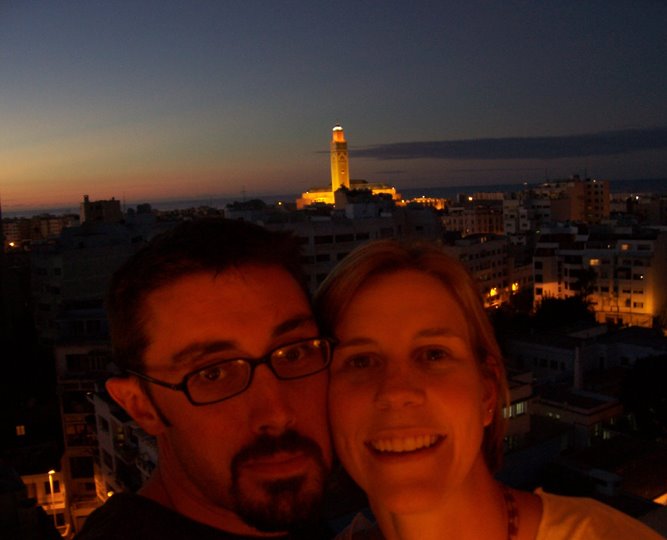The New York Times has an appropriately headlined travel piece up, Under Morocco's Spell. The story is longish, but check out the audio slide show if you're just after the essence.
The story is based in the High Atlas mountains, which we crossed during our drive north from the Sahara into Marrakesh. Stunning doesn't begin to describe the vistas.
At the end of the slide show the reporter says:
"We live in complicated times and you read the paper and get a sense of a very dangerous and threatening world. And then you travel abroad and you meet people who defy all expectations and any over-simplifications that you might develop sitting at home by yourself in America."
Not to sound too preachy about it, but that's exactly the sentiment that sticks with me from our travels this year.
In April, we visited Oaxaca in the days before Easter, when it was rich with religious symbolism and
pageantry. Shortly afterward, the city turned into a riot zone with protesters beginning a
months-long occupation of the
zocalo where we sat and ate fresh
pastries and listened to the scratchy whisk-whisk of people using brooms made from twigs to sweep the promenade clean.
In September, we flew into Casablanca in the days before Ramadan. Three years earlier, Islamic extremists'
suicide bombings had killed more than 40 people in that city.
Terrorism-related arrests continued in the days and weeks before our trip. But despite some concerns people raised going in, the joy of why we travel - the beauty of defied expectations and unraveled over-simplifications, if you will - unfolded before us time after time in our two-week journey all over Morocco.
It was true in the High Atlas. It was true in the
Rif. It was true in the Sahara and in the souks. The fear of the unknown, of assuming the worst of anything unfamiliar, is so prominent in this increasingly isolated post-9/11 world. But its fallacy was never more clear to me than when we sat on a rooftop in Fez at sunset, 14 Westerners utterly transfixed and silenced by the beauty of the call to prayer slowly starting, building volume, echoing around that ancient city and into our brains. The reverberations were powerful enough to shatter any
preconceived notions of Islam.
So, for me at least, that's the why we travel: To shed some of that baggage we allow ourselves to be burdened with at home. Without fail, we come back lighter for the experience.




